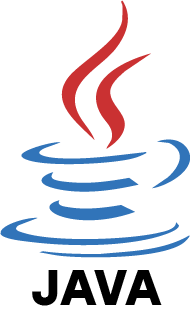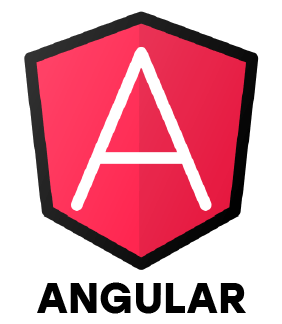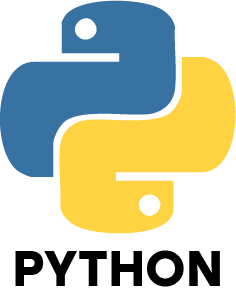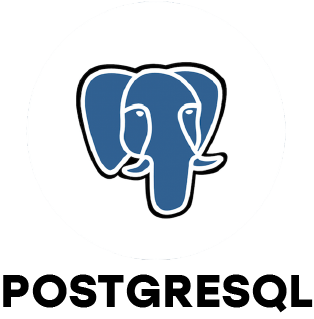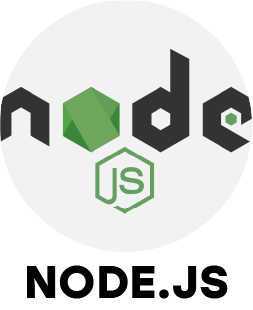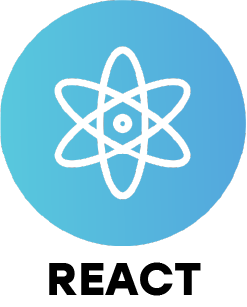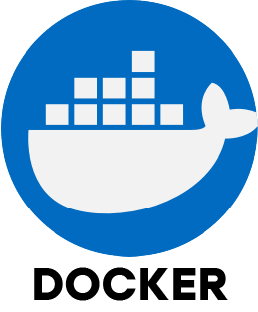1. What is Virtual DOM?
Ans:
The Virtual DOM is a simple copy of the real Document Object Model (DOM) used in web pages. It helps libraries like React update the screen more efficiently. The virtual version is updated first and only the modified portions are then applied to the original page, rather than making changes directly to the real DOM. The application runs more smoothly and quickly as a result.
2. Why is JSX used in development?
Ans:
JSX allows developers to write HTML elements directly inside JavaScript code. It makes it easier to design the structure and behavior of web pages in tools like React. Instead of separating HTML and JavaScript, JSX blends them together in a readable way, which improves development speed and clarity.
3. What is included in Full Stack Development?
Ans:
The front-end, or the part of the website that people view and interact with and the back-end, or the server, database and application logic, are both worked on in full stack development. The entire web application development process, from database administration and server-side functionality to user interface design, is managed by a full stack developer.
4. Which tools are commonly used by Full Stack Developers?
Ans:
Full Stack Developers use many tools depending on the task. For the front-end, they use frameworks like React, Angular and Vue. For the back-end, tools like Node.js, Express and Django are popular. Databases include MongoDB, MySQL and PostgreSQL. For version control, Git and GitHub are widely used. In DevOps and deployment, tools like Docker and Jenkins are often used.
5. What do Inversion of Control and Dependency Injection mean?
Ans:
Inversion of Control (IoC) is when the framework, rather than the programmer, controls parts of the application flow. Dependency Injection (DI) is the technique in which services or objects are supplied outside rather than being created inside the class. Together, they make the code more flexible, reusable and easier to manage.
6. How does Pair Programming function in development?
Ans:
A technique called pair programming involves two developers using the same computer. One person types the code (the driver), while the other reviews and gives suggestions (the observer). They switch roles often. This method improves collaboration, code quality and helps both developers learn from each other.
7. Why is CORS used in web development?
Ans:
CORS stands for Cross-Origin Resource Sharing. It is a browser security feature that stops one website from requesting data from another domain unless permission is given. This prevents unauthorized data access and helps protect users’ information by blocking risky cross-site requests.
8. What is Callback Hell in JavaScript?
Ans:
Callback Hell happens when too many functions are nested within each other in JavaScript, especially when dealing with asynchronous code. This leads to code that is hard to read, understand and maintain. Developers often fix this using promises or async/await to simplify the flow.
9. What does Full Stack Web Development involve?
Ans:
Full Stack Web Development covers everything needed to build a complete web application. This includes designing the front-end (what users interact with), managing the back-end (logic, server), connecting to databases and creating APIs. Its all about developing a project from start to finish.
10. What are some important tools used in Full Stack Development?
Ans:
Some commonly used tools in full stack development include Visual Studio Code for coding, Git and GitHub for version control and Node.js, Express and MongoDB for back-end work. For the front-end, React, Angular and Vue are popular choices. Developers also use tools like Docker, Postman and Jenkins for testing, deployment and automation tasks.

